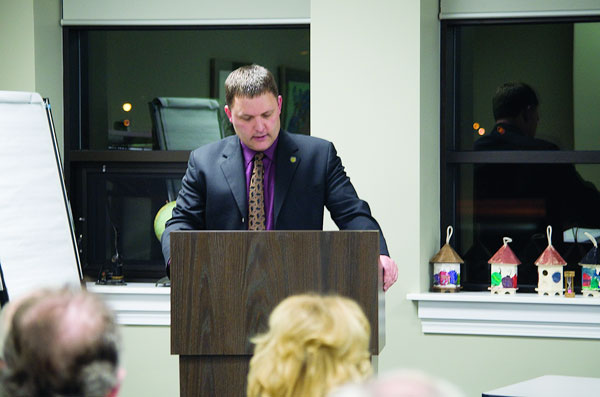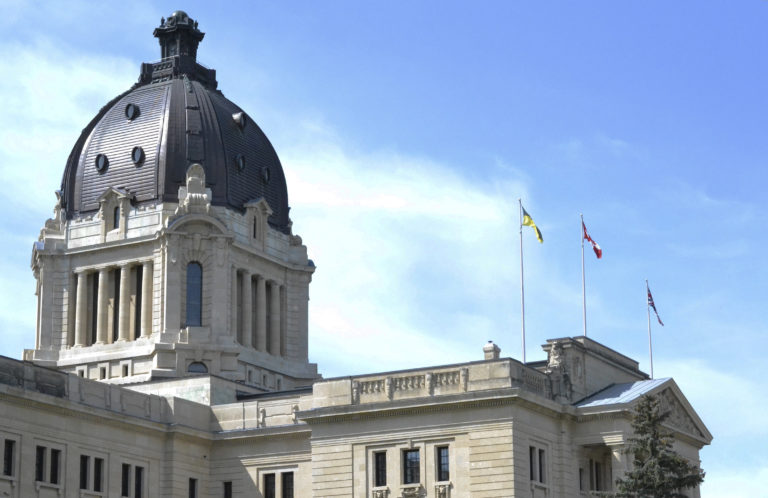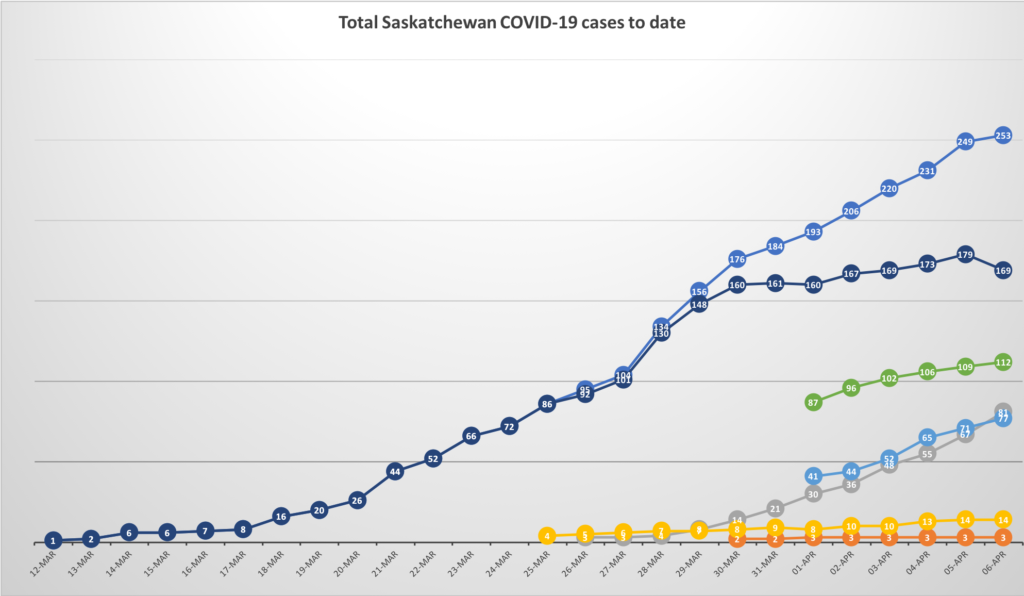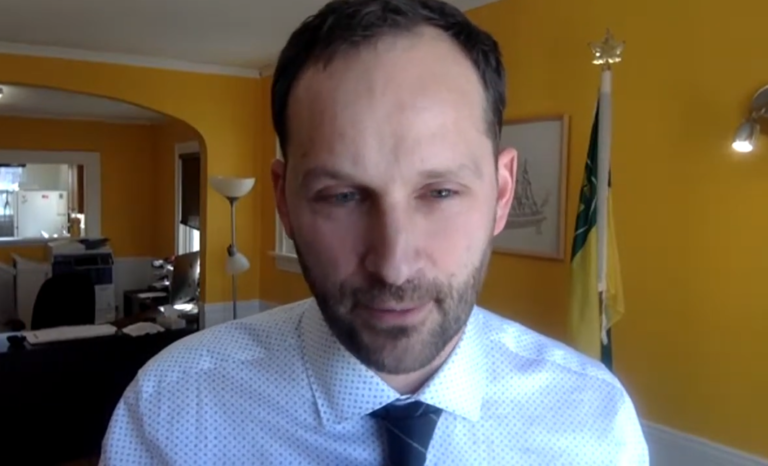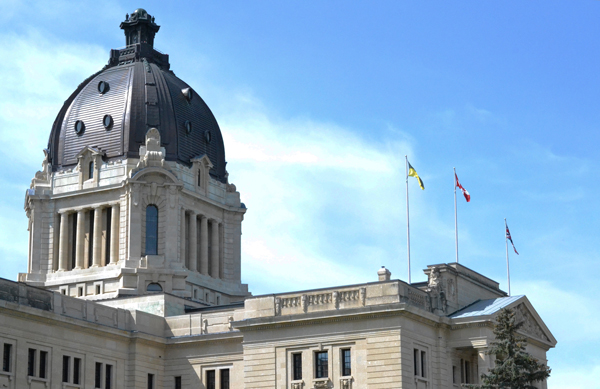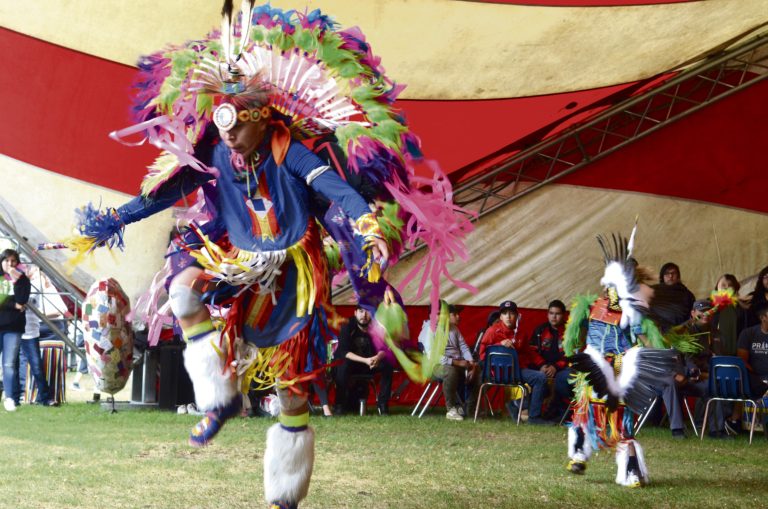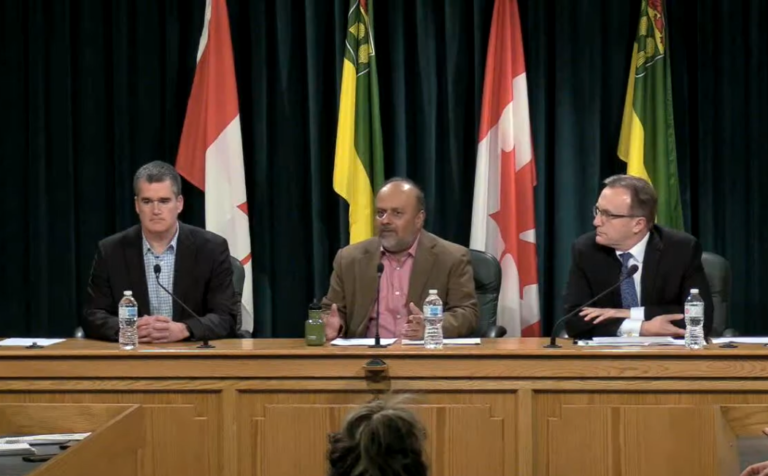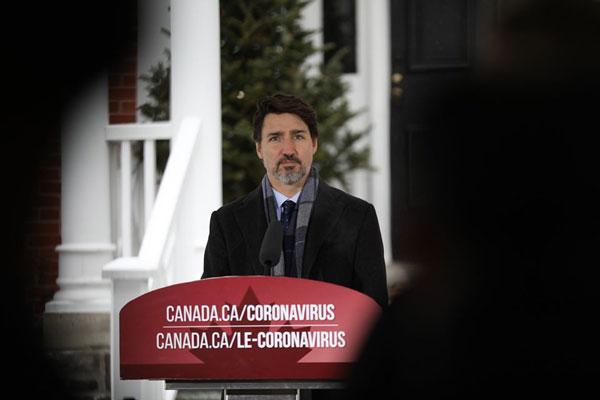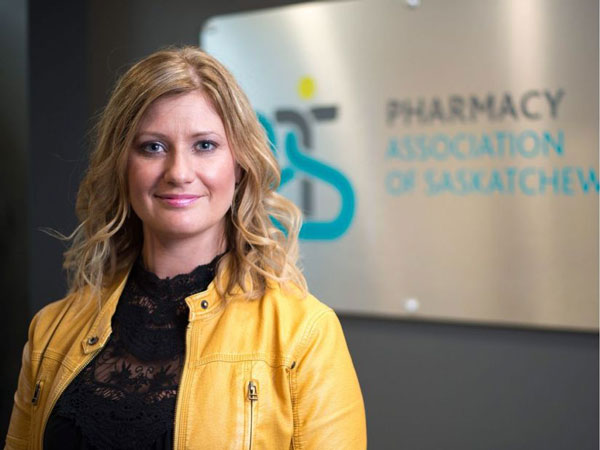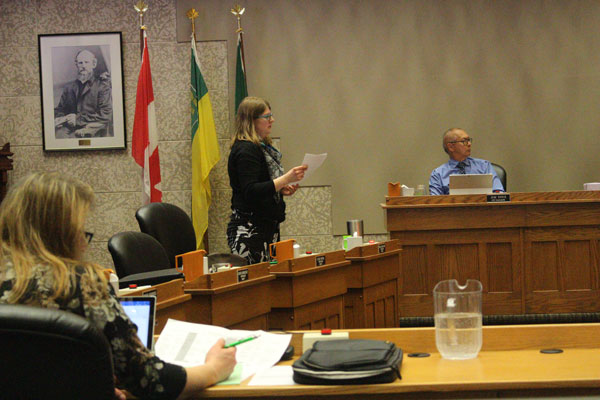School divisions in Prince Albert continue to transition to new learning methods and practices in with schools closed in response to COVID-19.
The Prince Albert Roman Catholic Division will be using this week to contact parents and families while the Saskatchewan Rivers School Division completed their process last week.
“I think that the relationship that our students have with our teachers really speaks to the Catholic education community,” Catholic division education director Lorel Trumier said.
“We are reconnecting with our families and our families are so pleased and have been so appreciative of what we are trying to do here. So I would like to thank all of the students and families for their support and patience as we try to retool our education processes.”
Sask. Rivers education director Robert Bratvold said last week’s process seemed to go smoothly.
“There was certainly varying degrees of trepidation and anxiety in staff and families as we move forward, and there will be bumps on the road as we journey together, but the week was excellent,” he said.
He explained that the staff at all levels have been adaptable and dedicated to making things work.
“I don’t want to minimize the challenges and difficulties that exist, because there certainly are obstacles, but we have risen to the challenge,” Bratvold said.
Last Friday, in a letter to families from Sask Rivers indicated most families are choosing to participate in the supplemental learning program. Between 80-100 per cent of families in the division indicated a desire to be part of the program. About a third of schools report that between 50-80 per cent are participating.
“I was very pleased by the numbers of families that have chosen to participate in the supplemental learning program. Think about this: students have a chance for a long holiday, with no negative impact on their grades, but most of them are choosing to keep learning. I think that speaks volumes about the relationship between students and staff and between the school and the family,” Bratvold said.
About one-third of Sask Rivers schools families prefer a non-tech method. The division is working with the Chief Medical Officer of Health and others to determine the safest and most appropriate way to provide these kinds of delivery methods. Bratvold was pleased that they were able to contact most families during the week.
“I am concerned about the families that we have not been able to reach, but we will continue to find ways to connect with those families or confirm that they are connected with a school elsewhere,” he said.
“Many of our families are in P.A. for work or school but may have returned to their northern home community when SaskPoly, UofS, GDI, FNUC cancelled classes or when businesses started to lay off staff,” Bratvold said.
Meanwhile, in the Catholic Division, they have begun to make contact this week ahead of learning beginning again on April 20. Last week they did training on working from home with things like grade-alike meetings to reconnect.
“Grade 4 teachers from across our school division met and talked in a team meetings approach with a coordinator and consultants and we tried to look at different processes we could establish” Trumier said.
“It was a really intense week for our teachers but they are troopers. They are really wanting to get back to teaching, none of them signed up to teach from home and this is a brand new experience for everyone so their learning curve is probably just as straight up as the students will be and the families will be,” she said.
The Roman Catholic Division will be contacting parents between April 6 and April 9.
Trumier explained that families have been very supportive through the whole process and can’t wait to get re-engaged.
“This week we observe Holy Week and so there are great opportunities to continue to pray,” Trumier said.
“I think our families are ready start here on April 20 and so are our teachers.”

